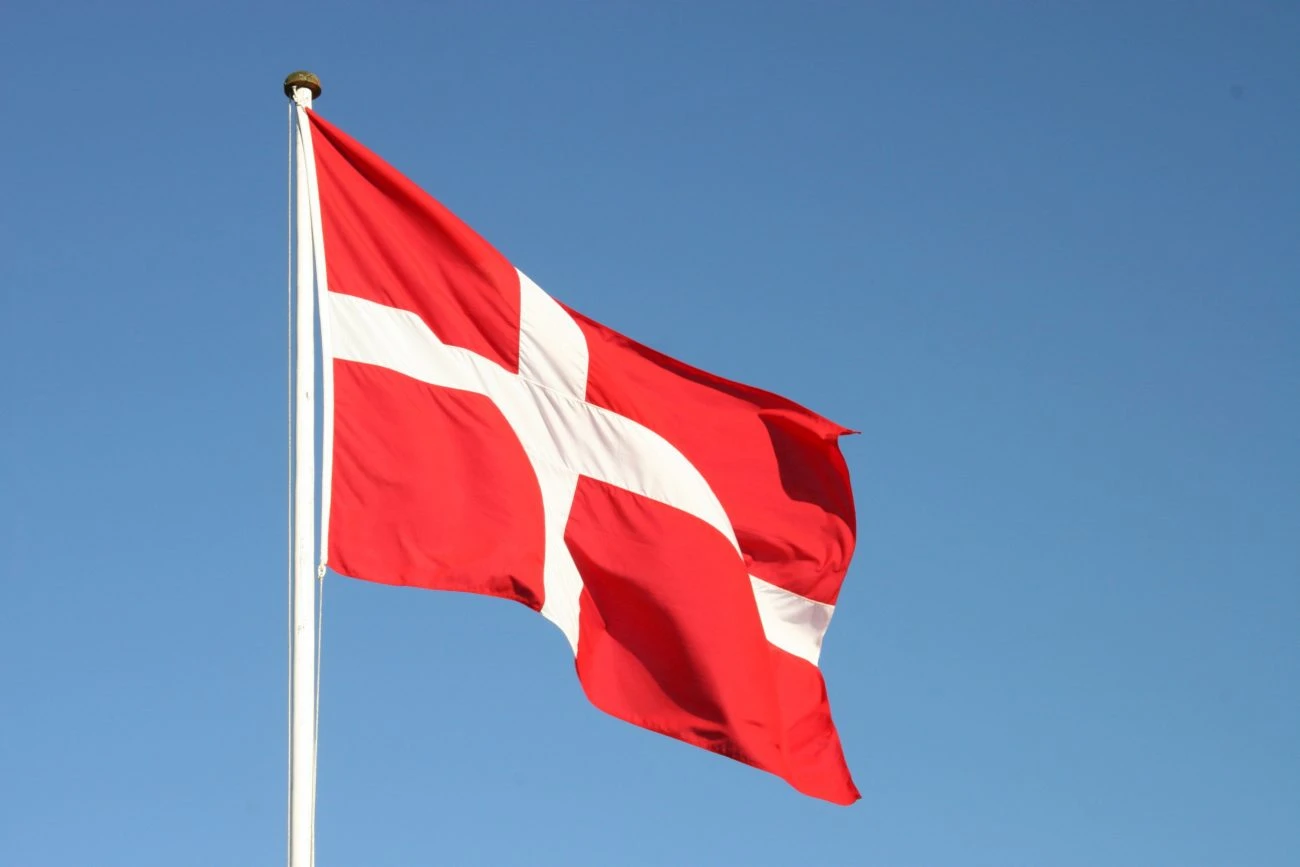Online growth fails to halt Denmark gambling revenue decline in September

Revenue for September was DKK533 million (£62 million/€74 million/$81 million), data from Denmark regulator Spillemyndigheden shows. This falls short of DKK569 million last year and is also 3.2% less than August’s total.
Online casino gaming remains the primary source of revenue in Denmark by some distance. For September, revenue topped DKK288 million, up 12.1% from the previous year but short of DKK299 million in August.
Some 77.1% of all online casino revenue came from slot machines. Blackjack and roulette each accounted for 6.7% of revenue in this sector, poker 3.6%, bingo 3.1% and other games 2.7%.
Sports betting revenue down 21.7% in Denmark
However, as was the case in August, revenue fell across all other verticals and channels in Denmark. Sports betting saw the biggest decline, with September’s DKK144 million haul 21.7% lower than last year. Of this, 69.2% came from mobile, 15.6% desktop and 15.2% retail shops.
Physical slot machine revenue dropped by 4.2% year-on-year to DKK92 million. Machines inside gaming halls generated 79.2% of all machine revenue, while restaurant-based machines drew 20.8%.
The remaining DKK29 million in revenue came from land-based casinos, down 9.4% from September 2023.
ROFUS registrations grow in September
Separately, Spillemyndigheden published data for various responsible gambling measures in Denmark. At the end of September, 53,043 people had registered with the ROFUS national self-exclusion scheme.
Males accounted for 77.6% of those registered with ROFUS and females 22.4%. Of those who have signed up, 66.0% opted for permanent exclusion, 16.2% six-month suspension, 11.3% three months and 6.4% one month.
As for StopSpillet, a national service providing advice and guidance to those concerned over their gambling habits, the regulator noted 37 calls during September.
In September, Spillemyndigheden revealed that people aged 18-25 are most likely to use StopSpillet. This was certainly the case in September, during which more than a third of calls came from people in this age group.
